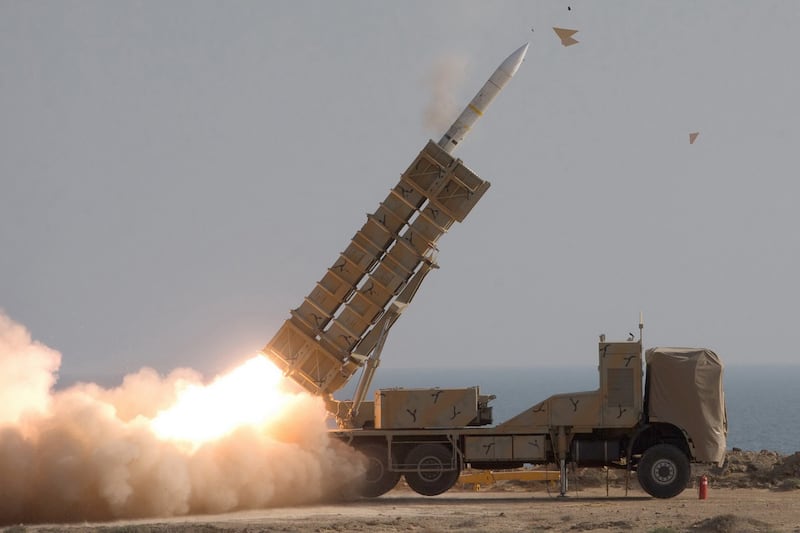Live updates: Follow the latest on Israel-Gaza
Israel's air force will face dangerous challenges if it decides to strike Iranian territory, despite preparing for decades, experts have warned.
Israeli leaders are considering how to respond to Iran's missile and drone attack, which was launched in retaliation for an air strike on the Iranian embassy in Damascus, and have not ruled out hitting targets in Iran.
As far back as 2006, Israeli officials hinted that Israel could strike Iran’s nuclear weapons programme, with Prime Minister Benjamin Netanyahu having often repeated the threat since.
But experts warned that the Israeli air force may lack critical capabilities to carry out such a strike, which could involve one of the largest air battles in the Middle East for decades.
To compensate for an obsolete air force with decades old jets, Tehran has built formidable air defences.
In 2007, Tehran purchased the S-300 anti-aircraft system from Russia, with deliveries completed in 2016.
In the interim, Iran worked on its own version, the Bavar-373, complementing one of the densest air defence networks in the world, complete with radar systems that Iran says can detect stealth aircraft, including the Sairan Meraj-4.
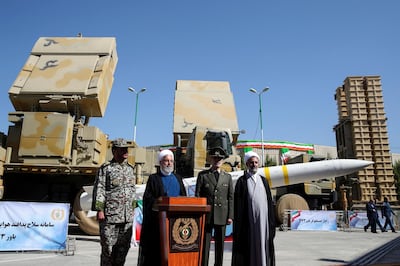
Even the US, which possesses the most powerful air force in the world, would face hurdles launching a bombing mission against Iran, experts told The National.
Such a mission would be “very tricky for the US", said James Beldon, a former RAF squadron commander and an expert on air power.
Senior US officials have stressed the country will not take part in a direct Israeli operation against Iran. If they stick to their word, Israel would have to carry out the attack without advanced US support.
“The US is unique in the combat support enablers it can bring to bear from every domain (including space), refuelling tankers and Awacs [Airborne Early Warning and Control] and SIGINT being obvious examples,” said Mr Beldon, referring to airborne radar systems that can track threats from high altitude across hundreds of square kilometres, and SIGINT – intercepting enemy communications.
“Absent the ISR [intelligence, surveillance, reconnaissance] eyes and ears that the US would bring to bear, Israel will lack the deep and real time understanding of the battlespace, heightening the risk of losses and failure.
“Who knows what the US will provide in reality, but they will remain keen to avoid leaving their fingerprints on any Israeli action."
S-300 against F-35
The success or failure of an Israeli strike will depend on a clash between its advanced fighter jets and Iran's missile defence systems.
The operation would pit Israel’s F-35I Adir stealth multirole jet, working alongside non-stealth jets including the F-16I, against the Russian-made S-300 defence systems.
Iran will also be using advanced radars such as the Russian-made Rezonans-NE, which are also said to be able to detect the F-35 at long ranges, despite the jet's famously low visibility on radar.
Israeli jets will be tasked with what air forces call Suppression or Destruction of Enemy Air Defence (SEAD/ DEAD), when the attacker’s priority is to destroy or jam air defences so they can then safely hit valuable ground targets.
It is a complex, sometimes invisible struggle where both sides use radars and sensors, such as infrared seekers, to detect each other, while electronic warfare is used to jam or confuse opponents' sensors, communications and radars.
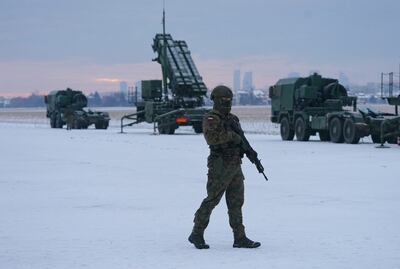
One false move can be deadly.
Iran's ground-based radars will be scanning for Israeli jets, but this could simultaneously flag their location to the Israelis, who could then target them.
Israel’s numerous F-16I Sufa jets, which would probably accompany the F-35s, are equipped with the Elisra Airborne Electronic Warfare suite, which alerts pilots to enemy radar signals and missile launches. F-35s have similar capabilities, with both jet models operating in a “network”.
They could then fire a Delilah missile, which can home in on the Iranian radar beam and destroy the air defence unit.
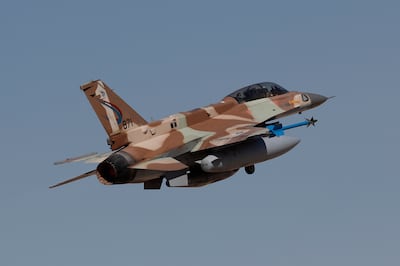
But mobile Iranian air defence radars can be switched off and moved through kilometres of Iran’s rugged valleys and mountains, until enemy jets are close and “ambush” them by switching back on again – a tactic often used by Ukraine.
That means unless Israel has a real time picture of Iranian mobile surface-to-air missile (SAM) launchers over a massive area, going deep into Iranian air space could be fraught with risk.
Even switching on and off with a SAM ambush approach, Iranian air defences would need to be sure they are firing at real enemy jets.
Israel could use the Advanced Tactical Air-Launched Decoy and Target, which according to Elbit systems, its maker, simulates “attacks against early warning radars, causing air defence systems to expend resources on the decoys”.
As Iranian air defence crews contend with what they can spot easily, such as F-16s, F-35s only appear on radars as the size of a beetle, depending on their approach angle and speed. They are equipped with powerful electronic jamming equipment and electronically scanned array (AESA) radars that can even send false radar “returns” to confuse enemy radars. AESA radars are also said to be difficult to jam.
Meanwhile, both Iran and Russia say they have tracked F-35Is at long range using the Rezonans-NE radar system.
If correct, experts debate whether the system is powerful enough to keep an air defence missile on target to hit stealth aircraft. At a minimum, it threatens Israel’s non-stealth jets like the F-15I, which will be needed to carry large bomb loads for the mission.
US capabilities
To counter similar air defences, the US and some Nato allies use long range “standoff” missiles that use stealthy technology to creep up at low altitude on enemy air defences and valuable targets, weapons like the JASSM and the British-French Storm Shadow/Scalp. These weapons can strike beyond the range of enemy air defences.
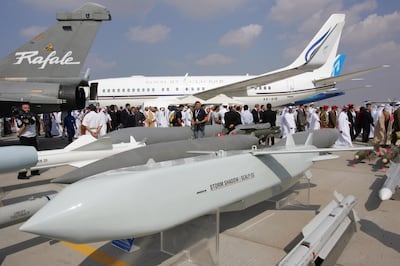
But Israel lacks such weapons. Its own equivalent, the Ice Breaker, will not enter production until next year.
Justin Bronk, an expert on air power at the UK’s Royal United Services Institute think tank, said this could be a problem for Israel.
“Israel would be limited in terms of standoff munitions in any SEAD/DEAD campaign against Iran, having only the older Delilah and air-launched ballistic Rampage which have limitations in terms of lacking low-observable signature and being relatively susceptible to electronic warfare degradation compared to the latest US-made standoff cruise missiles and AARGM-ER,” he says, referring to a weapon that seeks out radar beams at long range.
Mr Bronk says Israel might have to rely on stealth and electronic warfare tactics to get as close as possible to Iranian defences without being detected.
“Israel does have options to combine F-35I and F-15I sorties with a wide range of shorter ranged standoff munitions, electronic attack and self defence capabilities that could enable it to attack targets inside Iran, so long as the IAF was willing to accept a fair degree of risk.”
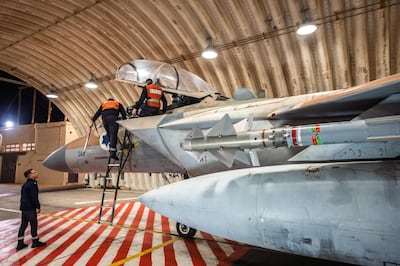
Hostages and refuelling risks
The operation comes with the significant risk of pilots being shot down and captured, Mr Beldon warned.
“Israel will not want to expand further the hostage crisis it already faces in Gaza, and the attendant pressures from within Israel resulting from it, so any military measures it decides to take will have that as a prominent consideration.”
Yet another challenge – if the Israelis are successful in safely reaching Iran’s airspace – will be the problem of sustaining an operation that could involve many hours of flying and possibly more than one aerial refuelling.
“Tanker availability would be a crucial bottleneck in any such operation, due to the ranges involved, and the fact that the US would almost certainly not be facilitating the operation with tanker support due to opposition in Washington to any Israeli attack inside Iran at this time,” Mr Bronk said.
Israel’s current refuelling tanker fleet is ageing and replacements are not expected until next year.
Mr Beldon said, however, if the Israelis believe they absolutely need to hit back, they might accept the risks of a long, daunting operation. A precedent would be a 1981 Israeli air strike on a test nuclear reactor in Iraq, Operation Opera.
“Although militarily very many obstacles exist with high risks – imagine shot-down Israeli pilots being paraded through Palestine Square in Tehran – Israel has mounted several daring expeditionary raids in the past, perhaps the most relevant being the Osirak air strike (OP OPERA) in Iraq in 1981.
“Incidentally, that followed an attempted strike by Iran on the reactor the previous year,” he said.
